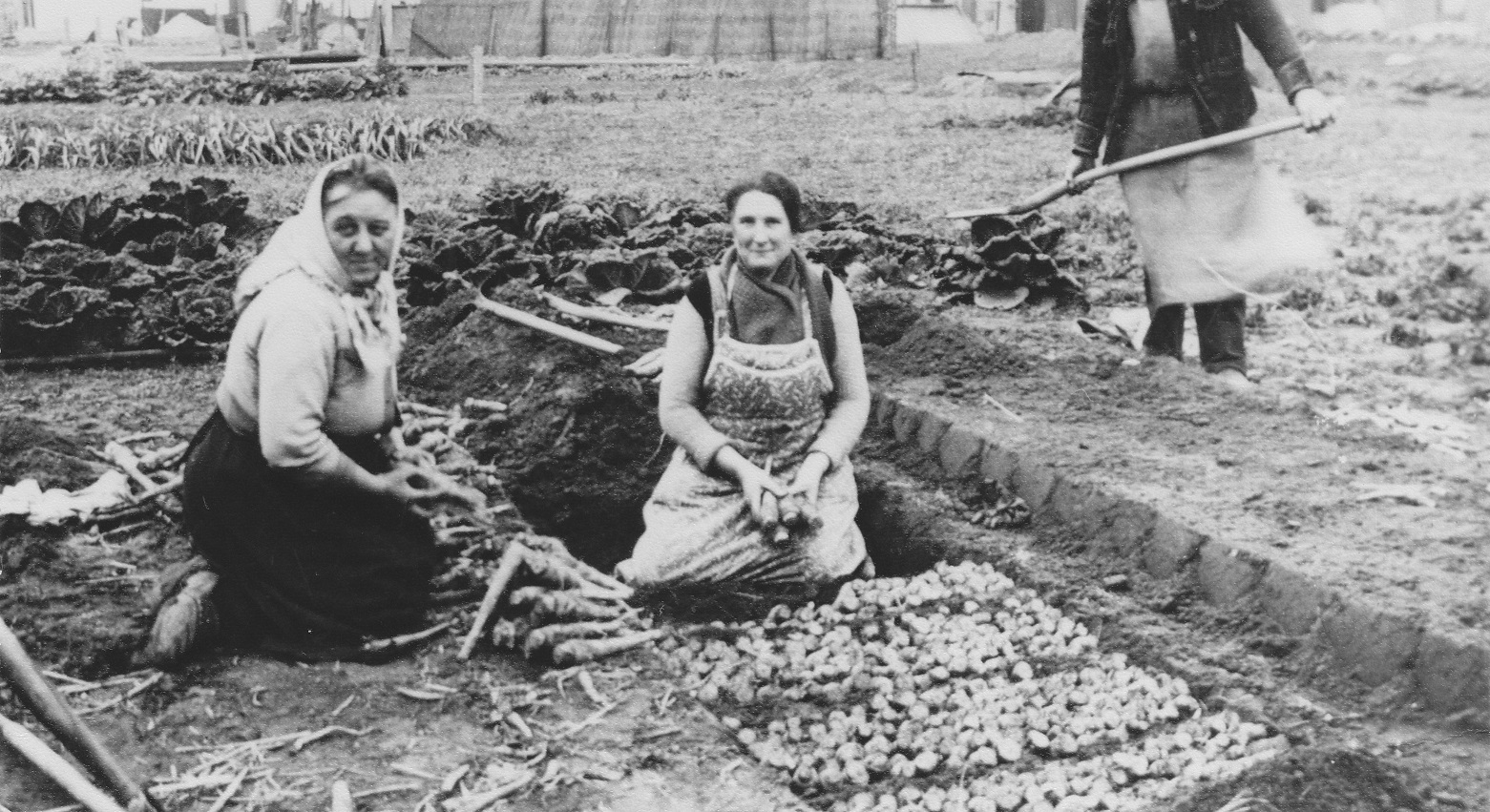- Daily & Weekly newsletters
- Buy & download The Bulletin
- Comment on our articles
Endive growers added to Brussels register of cultural heritage
Growing Belgian endive – known as chicon in French and witloof in Dutch – is now recognised cultural heritage in Brussels. The “white gold” is in season now, though in Brussels it’s grown on a very small scale.
To be clear, it’s the chicon pleine terre – endive grown in the ground – that is protected heritage. Most endive sold in Belgium is grown in vats of water (losing much of the flavour along with the earth).
Endive was once a viable crop in the capital-region, grown mostly on farms in Neder-Over-Heembeek, Haren and Evere. Over the last century as the city grew, farmland disappeared, and the endive with it. The vegetable is grown mostly by amateurs now, with a metal sheet covering a small crop in a field (pictured above), or in crates in a dark basement.
Including the growing of endive in Brussels’ Intangible Cultural Heritage Register follows applications by a number of associations supporting the activity, including Chicon en Ville. “The vegetable is originally from Brussels and has left its mark on the region,” says Arnout Vandamme of Chicon en Ville. “There are references to endive in street names, in the centres of Haren and Evere and naturally in the Brussels kitchen.”

Brussels used to be home to many endive growers
Growing Belgian endive in soil is time-consuming and labour intensive. First the roots must be cultivated outside, where they produce a bright green leafy plant above the ground. The roots are then cut from the plant and replanted indoors or deep enough outdoors so that the resulting new heads stay underground. Endive must be grown in complete darkness and kept very moist in order to regrow the yellow-tinged white head that we know and love.
In fact, until the mid-1800s, no one knew about that second growth because it was only the roots that interested growers. They were dried and used to make a coffee-like drink known as chicory. (Belgian endive is part of the chicory family of plants.)
“Due to urban development, the professional endive harvest has, sadly, disappeared from the region,” says Vandamme. “But with the urban farming trend, we hope to see professional endive crops again in one of the many empty cellars in Brussels. That’s a must – endive returning to its source.”
Other traditions included on Brussels register of intangible cultural heritage are the Meyboom procession, carillons and the biennial flower carpet on Grand Place.
Photos, from top: ©Solidharen, ©P Cnops family/Centrum Agrarische Geschiedenis



















